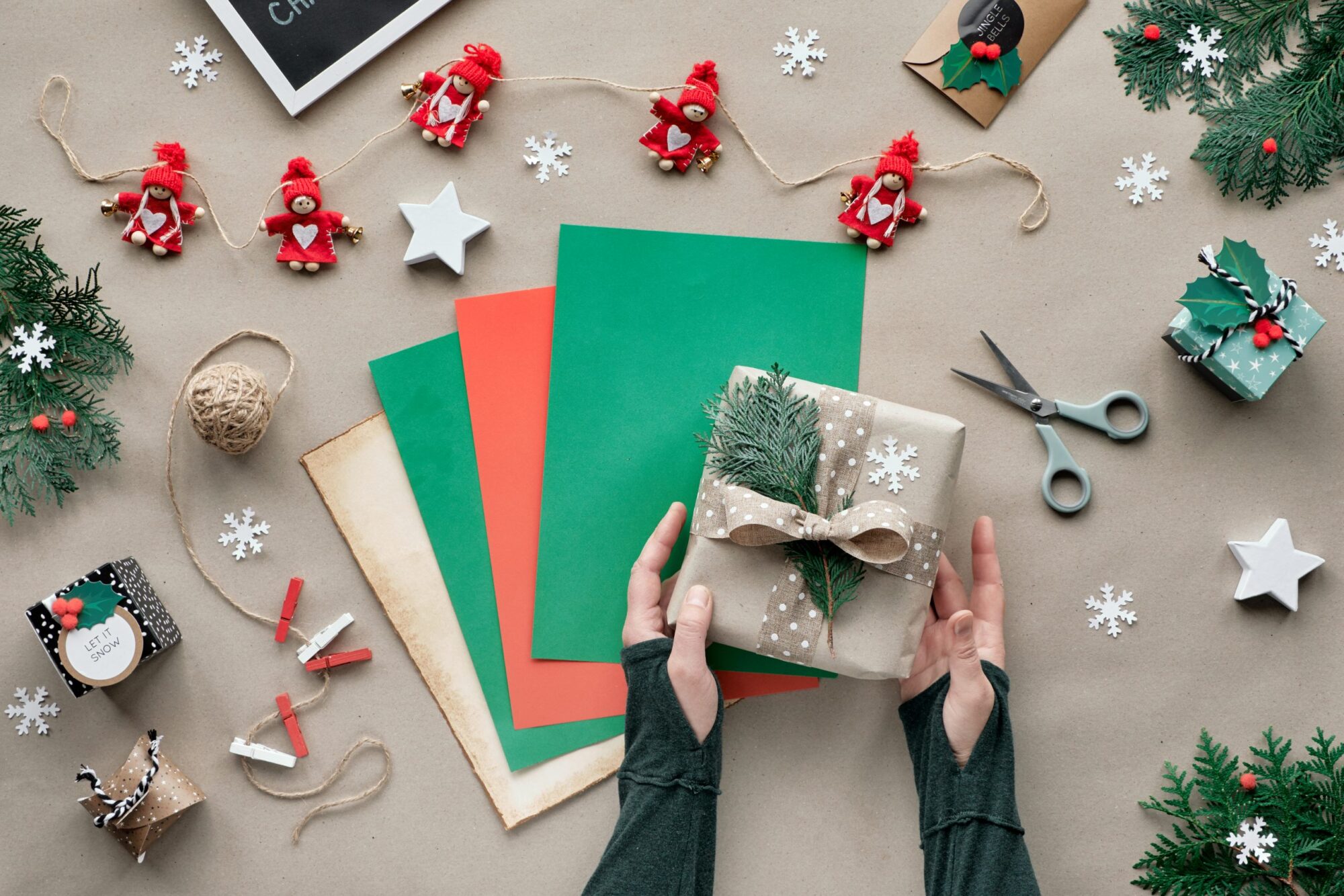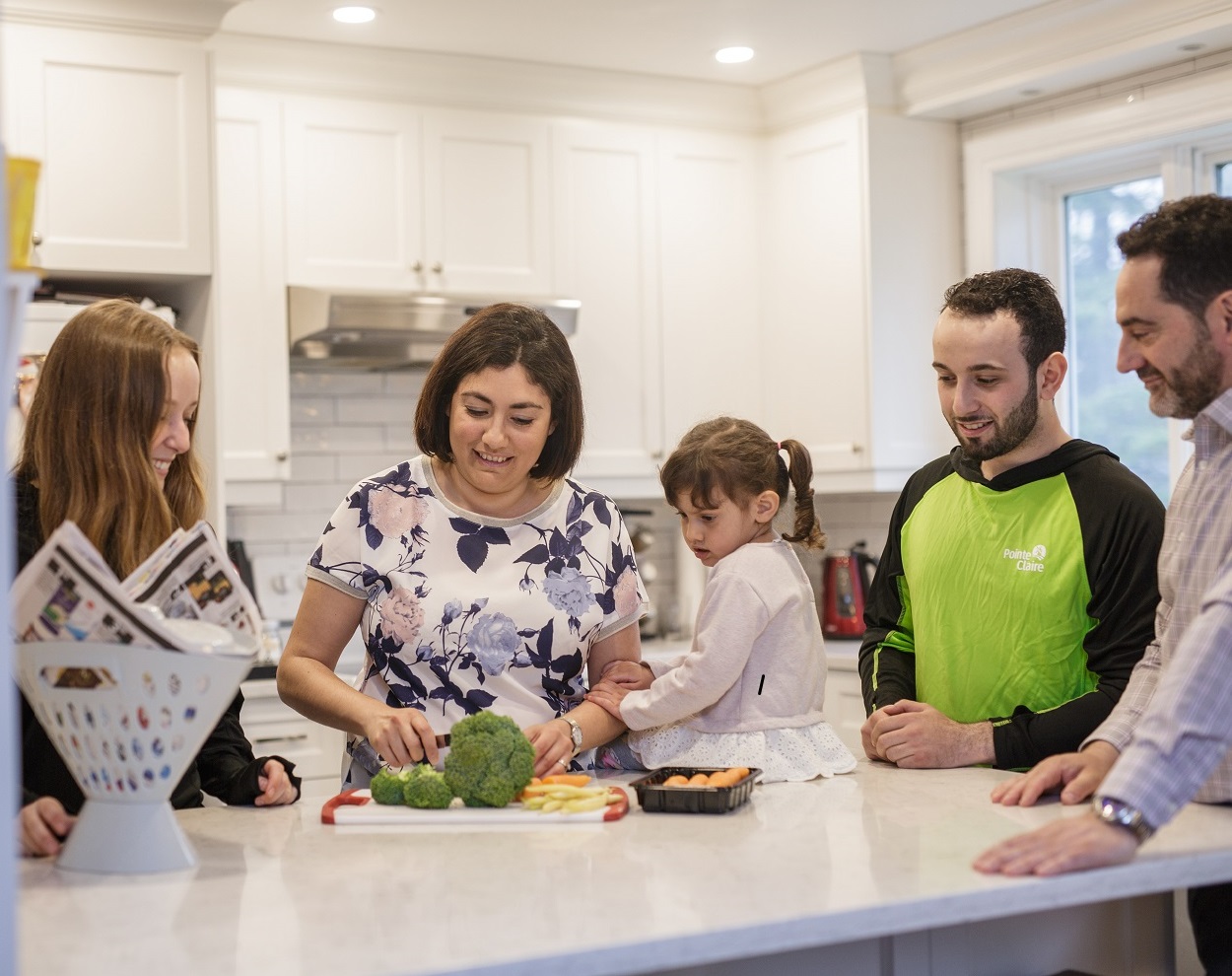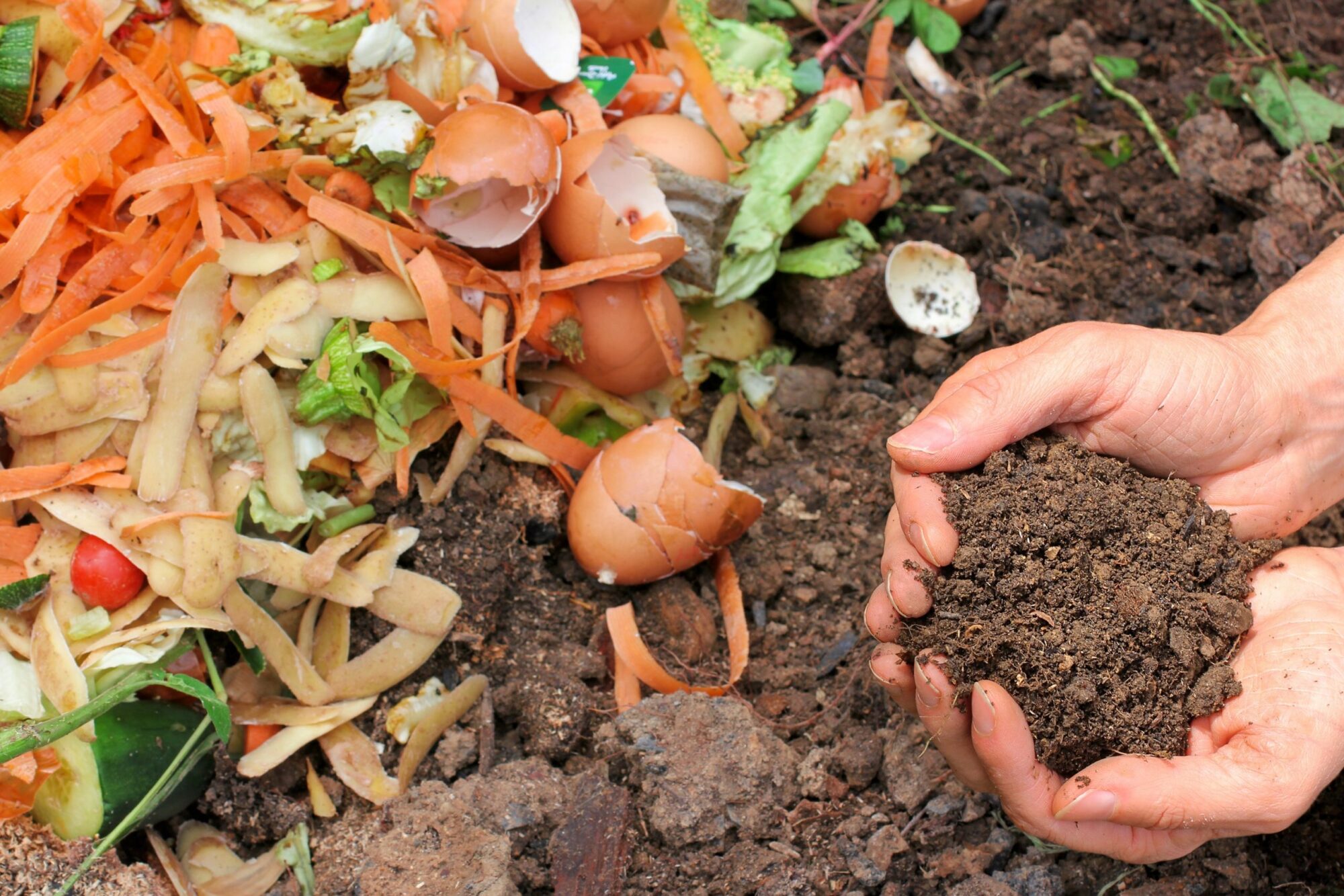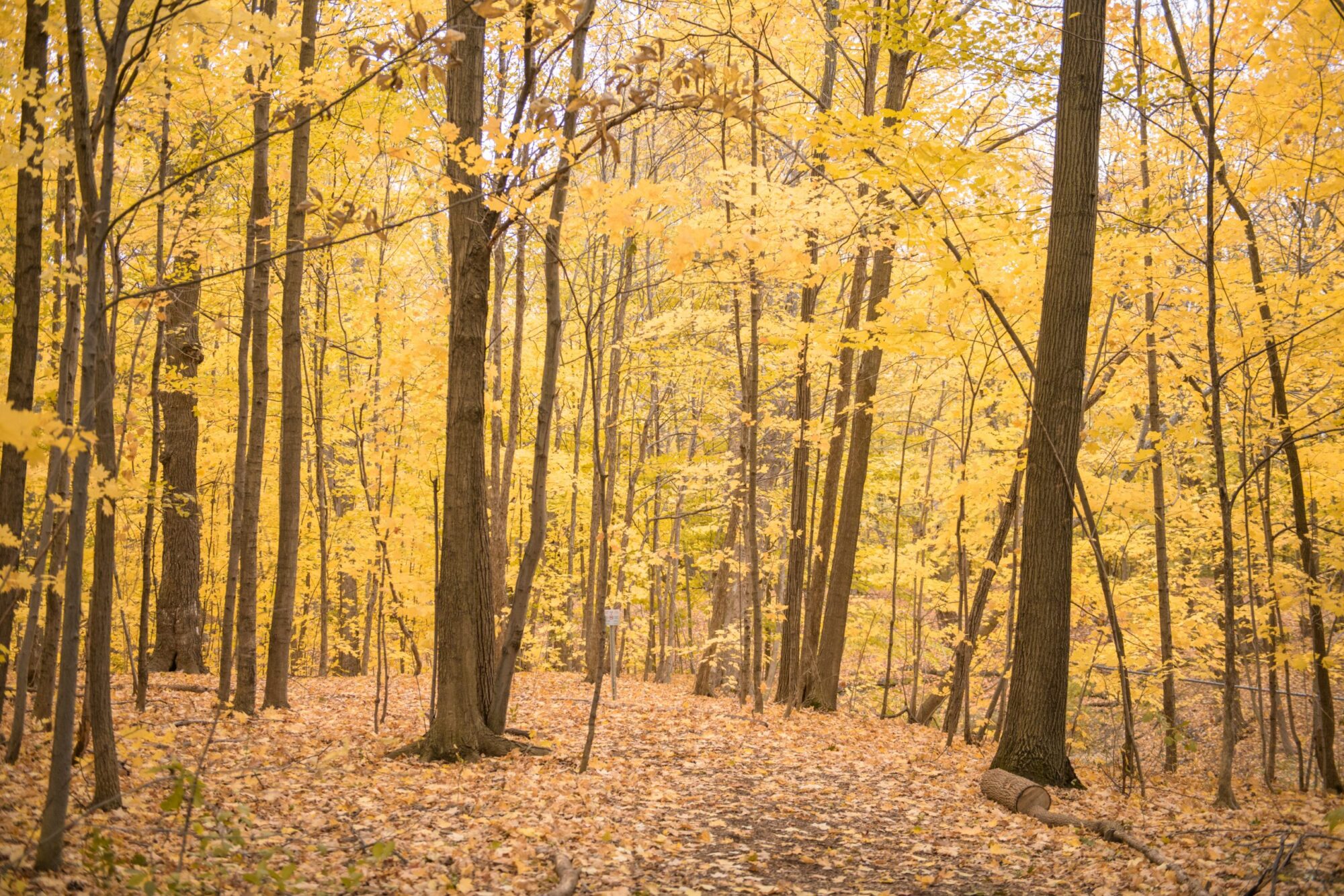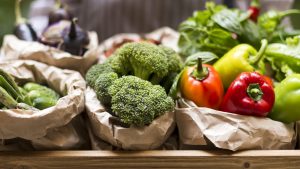Zero waste
Last update: May 19
The City of Pointe-Claire’s Zero-Waste Challenge took place from September 2020 to January 2021. The various tabs of the page have updated as the challenge progresses, providing details on the workshops and experiences of the participating families. Visit the sections to find out about the process, the results and tips and tricks. It’s a great opportunity to learn more and maybe even launch your own zero-waste challenge!
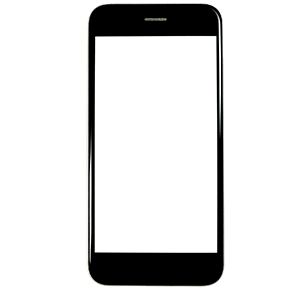 For a better view on your phone, it is recommended to turn your device horizontally.
For a better view on your phone, it is recommended to turn your device horizontally.
Click on a tab to display the related information.
THE PROJECT
From September 2020 to January 2021, nine families participated in the City of Pointe-Claire’s first Zero-Waste Challenge. This experience led them to adopt best practices in waste management in response to new environmental challenges.
To do so, the families relied on a diagnosis of their lifestyle in order to establish realistic objectives to reduce their waste. To achieve these goals, they introduced new habits into their daily lives: choosing products with the least amount of packaging, evaluating their purchases: is it an essential purchase or not, making their own products and opting for reusable products as much as possible.
Throughout their journey, the families received support, including workshops, advice, discussion groups and reading suggestions to deepen their knowledge of zero-waste living and help them adopt best practices.
THE FAMILIES
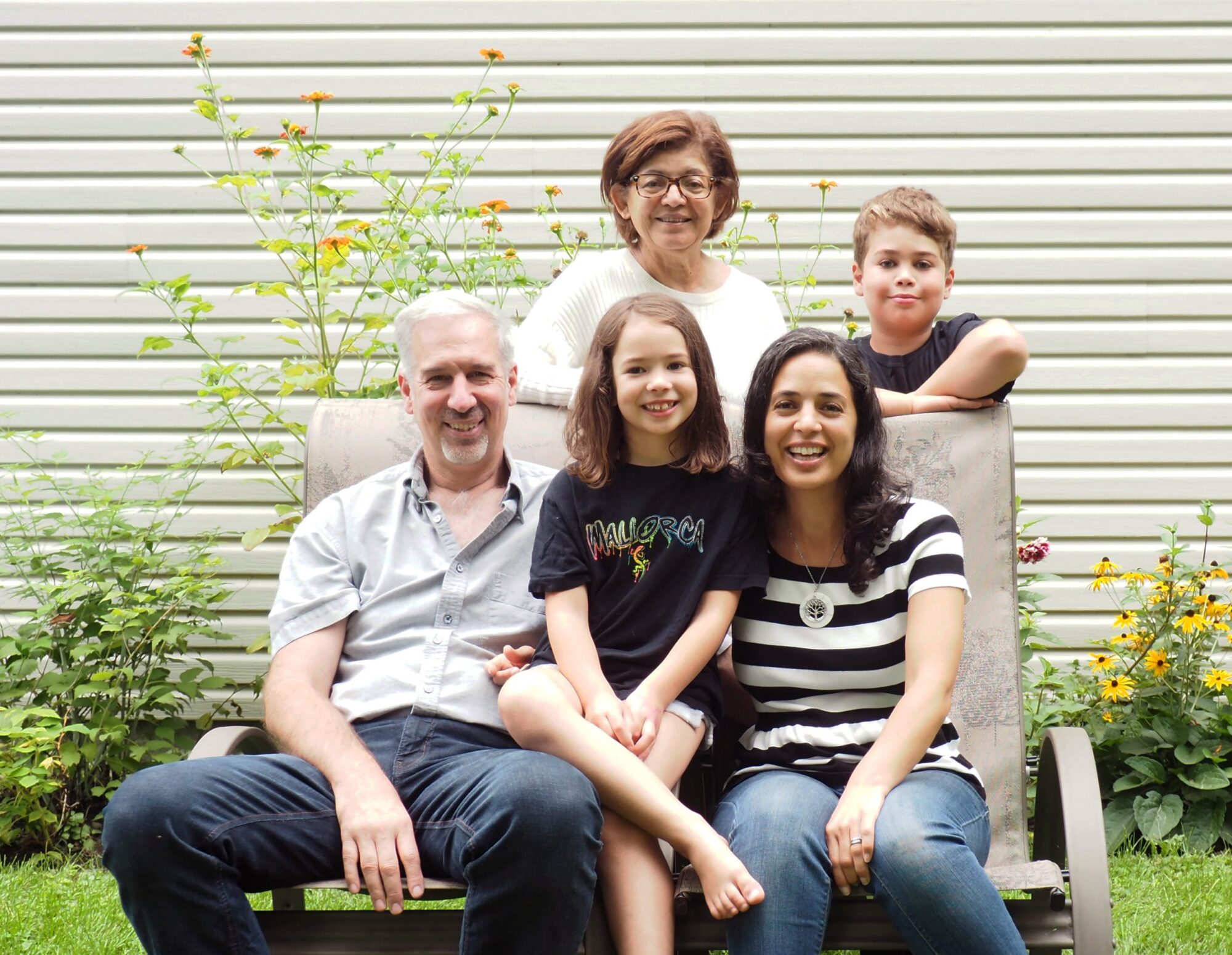 |
Sayed Family – District 1
|
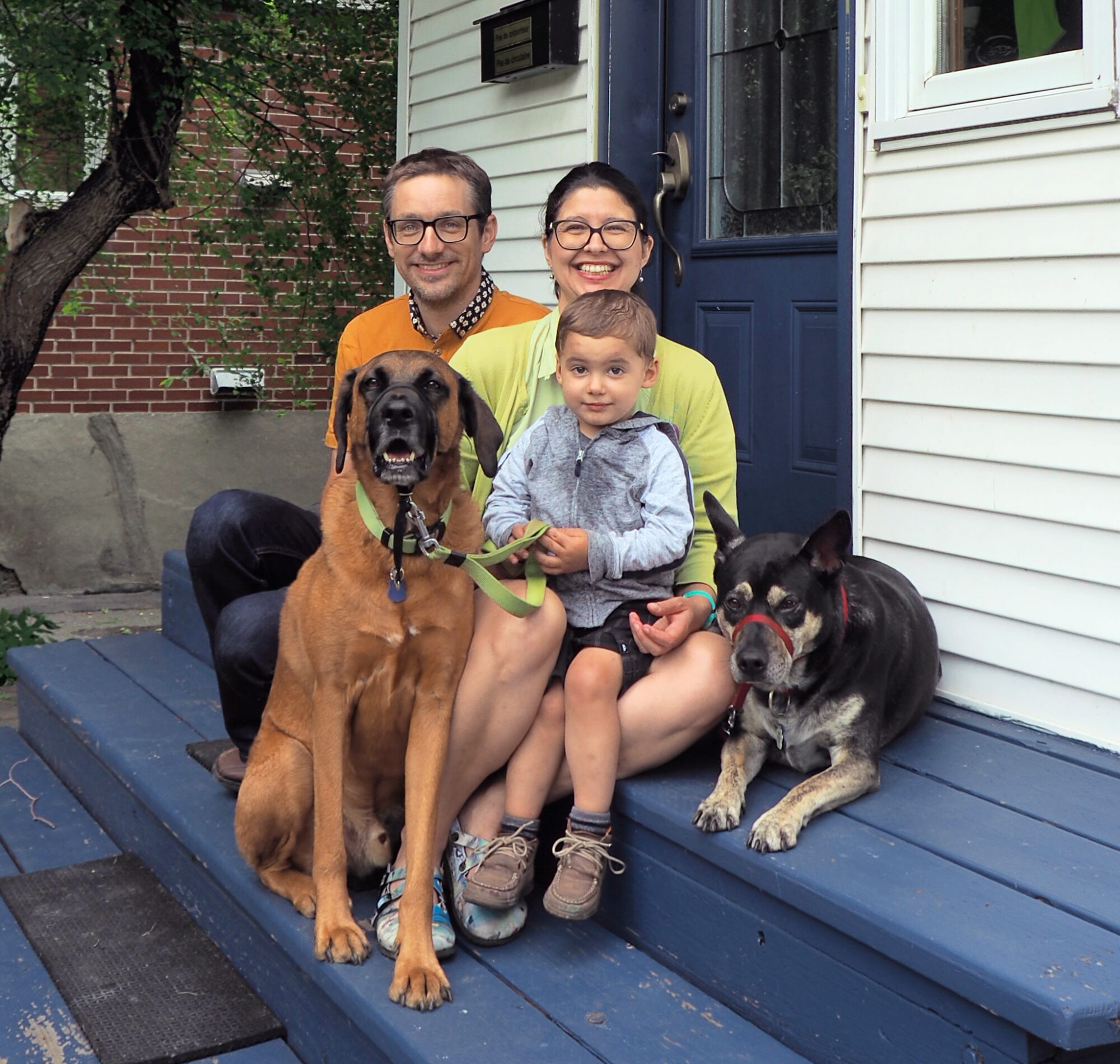 |
Grajdieru Family – District 2Family with two adults, one child, two dogs and two cats Reduction objective: 20 % “We’re a family committed to reducing our ecological footprint: we compost, recycle and dispose of hazardous materials in a responsible way. We are careful with our purchases (reduce) and we reuse as much as possible. We would be interested in getting pro tips on how to get even better, especially at reducing our recycling output and increasing our energy efficiency. The challenge would also motivate us to implement more green measures!” |
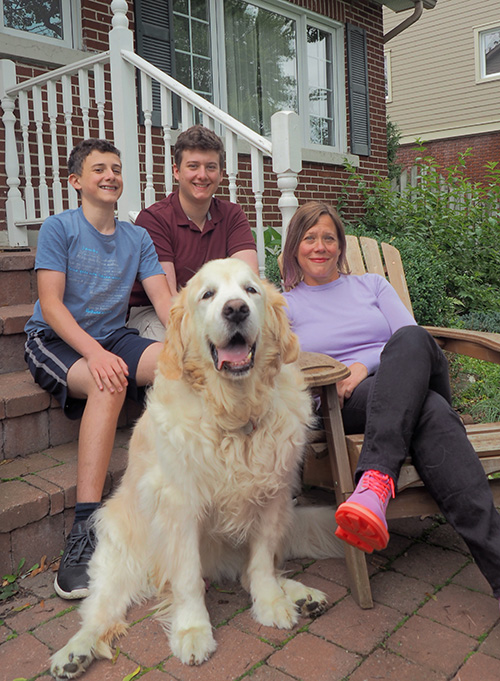 |
Robson Family – District 3Family with one adult, two teenagers and a dog Reduction objective: 20 % “We are pretty good at reducing our waste. We compost and recycle as much as we can. We definitely try to reduce wasteful purchases, but a lot of stuff still finds its way into the house. We reuse, repurpose or give away as much as possible, to avoid putting things in the garbage. I am sure there is more we can do to further reduce the amount of waste we produce.” |
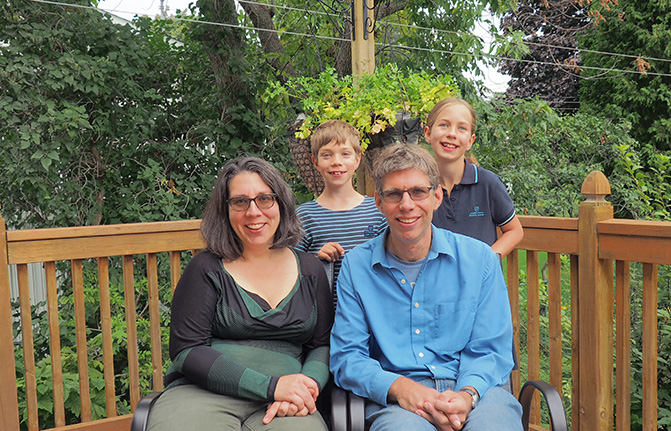 |
Oldeman Family – District 4Family with two adults and two children Reduction objective: 20 to 40 % “We are sensitized to such things as pollution, climate change, and the importance of reducing our ecological footprint. We do a certain number of things already, yet we’re pretty sure we could do more. We don’t know whether it will be possible for our family to entirely eliminate the waste that we produce, but we would be very interested in learning more ways to reduce it.” |
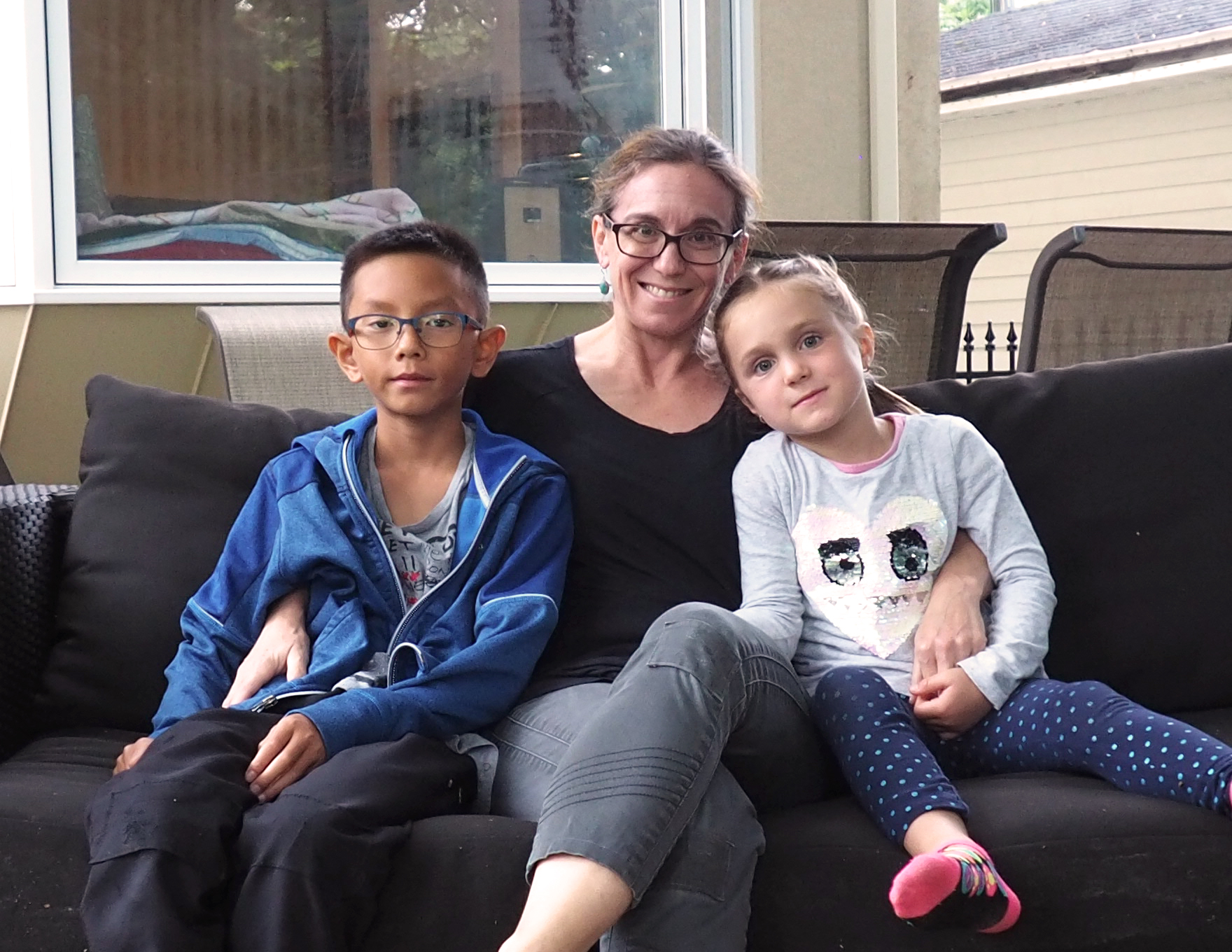 |
Roy Family – District 5Family with two adults and two children Reduction objective: 20 to 40 % “Like all families with young children, we are short of time and find the work-school-family balance quite difficult. We are also aware that we consume a lot, and we try to reduce our waste, but it seems to take us a lot of time. By participating in this project, we hope to gain knowledge, resources and tools to help us. We think it’s an inspiring and unifying project for our family.” |
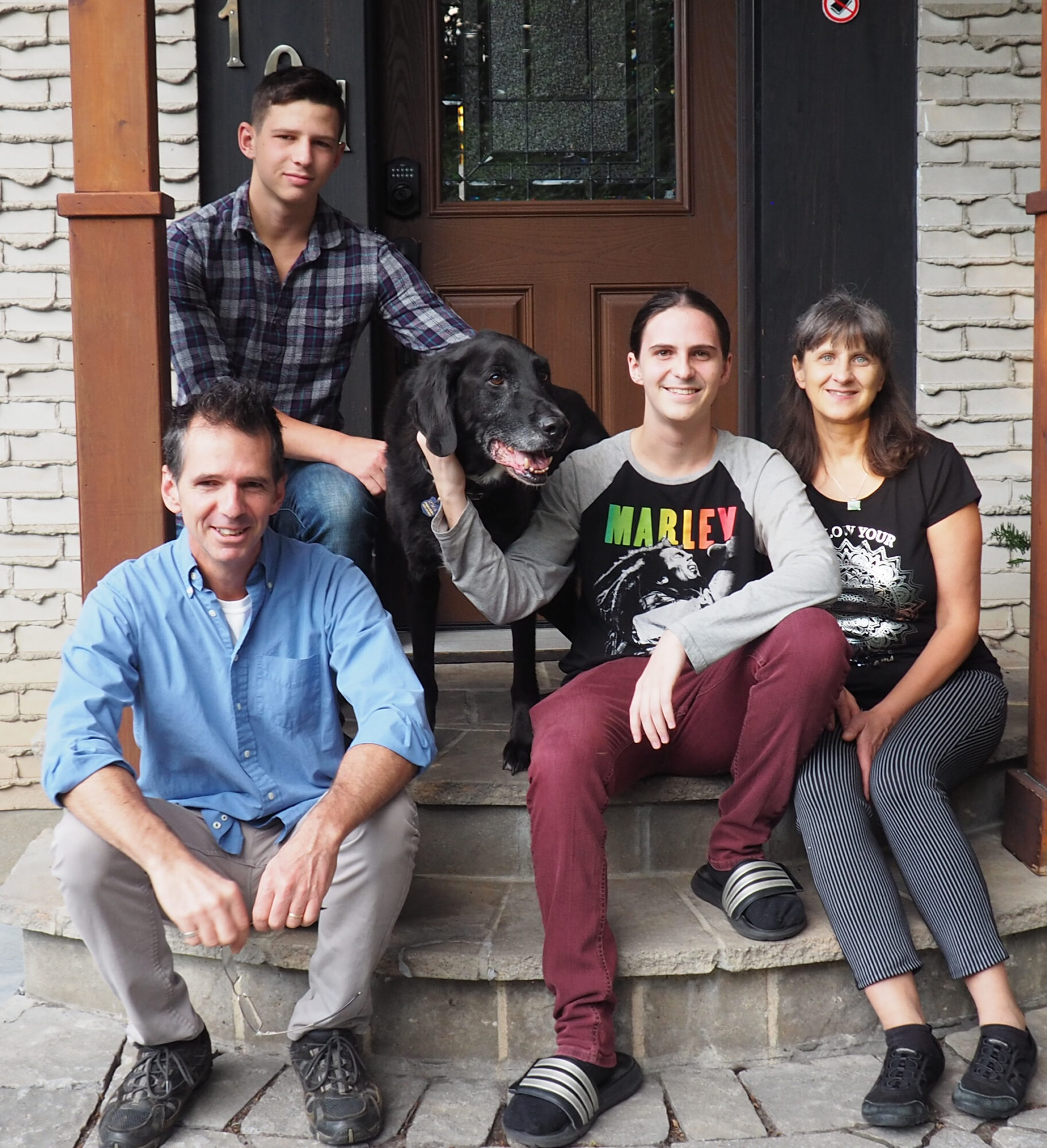 |
Mack Family – District 6Family with four adults and a dog Reduction objective: 20 to 40 % “We already make a lot of efforts to reduce our waste. We would like to learn more about reducing waste when we buy and doing more things ourselves. We would like our boys, who are young adults who agree with the principles, to become more involved in waste reduction. We hope that this challenge will enable us to share our knowledge with others.” |
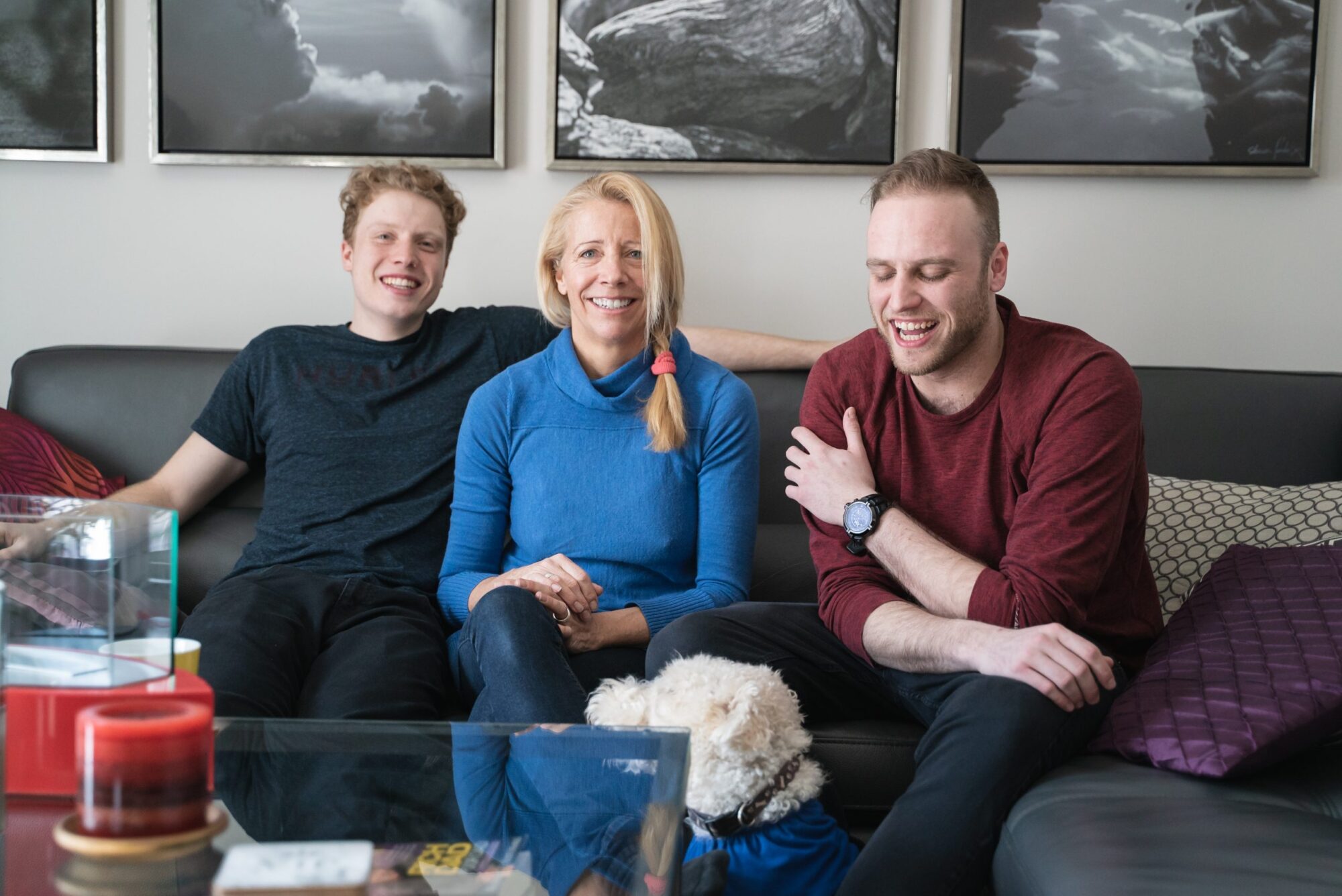 |
Korf Family – District 7Family with three adults and a dog Reduction objective: 20 to 40 % “We care deeply about our environment and are very concerned about what we are doing to our planet. We believe we can all make a difference. Like many people, we do our best but are sometimes not sure we are doing the right things the right way. We want to do more and advocate and inform others.” |
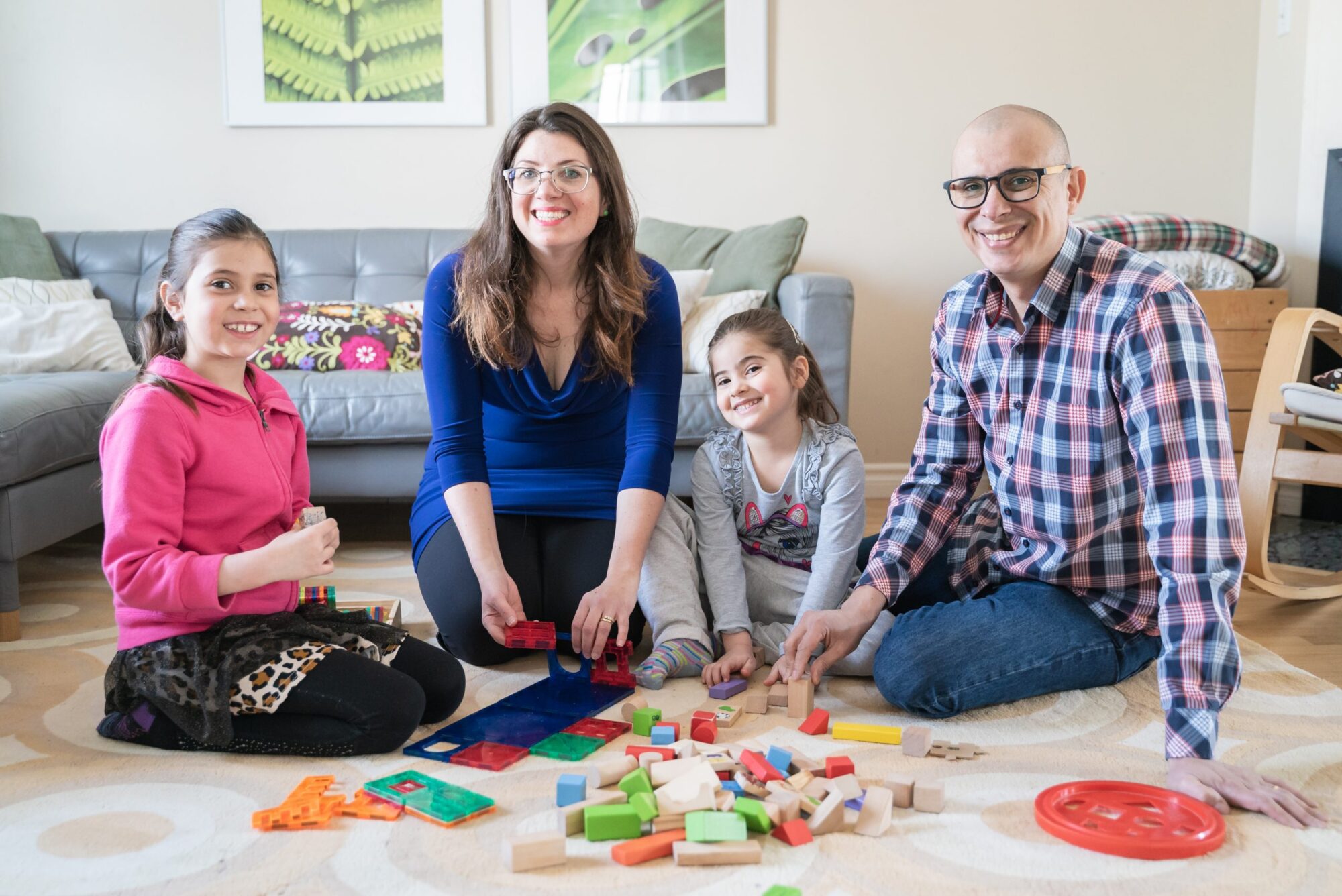 |
Gonzalez-De la Pena Family – District 8Family with two adults and two children Reduction objective: 20 to 40 % “Conscious of the fact that some of the materials we put in the recycling bin may end up in landfills, we concluded that the best way to deal with this is to reduce at the source and generate less waste. We are all in for the Zero-Waste Challenge!” |
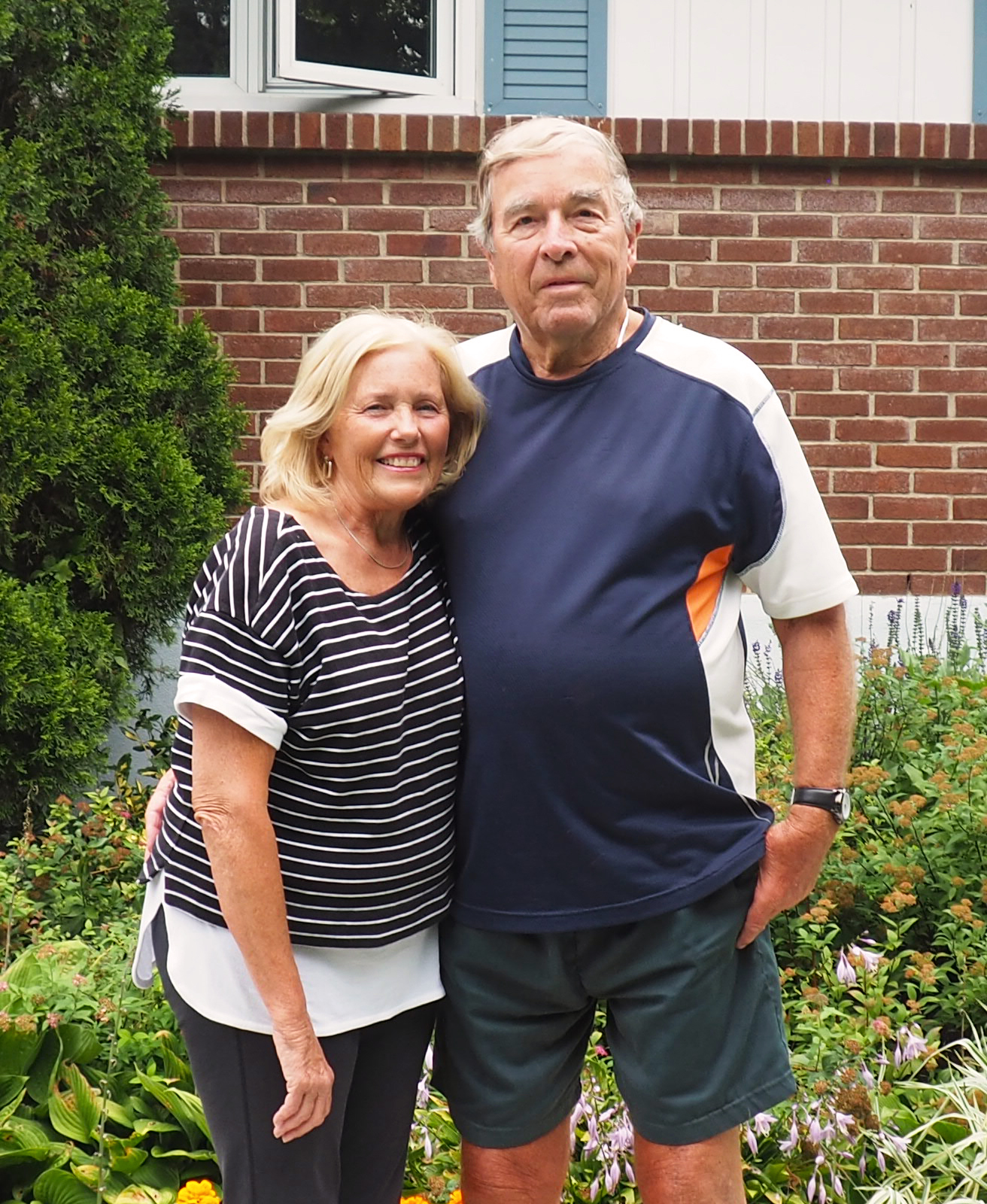 |
Homan Family – Municipal CouncilFamily with two retired adults Reduction objective: 20 % As a City Councillor I believe that I should learn more about this so that I can understand the concerns of Pointe-Claire citizens. As residents, my husband and I try very hard to be environmentally responsible but realize we have more to learn. It is the right thing to do. |
RESULTS
The nine families that participated in the City of Pointe-Claire’s Zero-Waste Challenge have set goals to reduce their waste based on their reality. Here is a look back on the results that were analyzed at the end of the process.
Despite the additional challenges brought about by the pandemic, we found that the families showed determination, which resulted in a very positive outcome:
- 63% of them met or exceeded their waste reduction target.
- On average, families reduced their household waste by 44% over the four months of the challenge.
- Three families reduced their recyclables, one of them by more than 50%.
- Although it was not a target, families reduced their organic waste production by 11%, which means less food waste.
At the end of the project, this is what the families had to say about their experience:
“The Challenge was eye-opening. Not only did we learn about reducing waste, but we also learned about essential purchases.”
“With just a few changes and some pre-planning, it’s easy to significant reduce waste.”
“We want to continue the journey. Our goal would be to eliminate plastic from our lives as much as possible and reduce our consumption in general.”
“We were already taking action to reduce our impact. The challenge accelerated this process, it motivated us to reach our goals faster.”
SUCCESSES
A zero-waste lifestyle is built one gesture at a time. One of the best foundations for making this change is to ask yourself a few questions. Before making a purchase, ask yourself: Do you really need the item? Where does it come from? What is its lifecycle? Are there alternatives out there? And how are you going to dispose of it? Then, you can ask yourself questions about your habits and target the ones that could be changed.
To guide you in this process, here are a few tips from the families participating the Zero-Waste Challenge.
Food and groceries
- Buy fruits and vegetables in large quantity.
- Prioritize local and seasonal products.
- Use conservation methods: freezing, canning, smoking (these techniques go hand in hand with purchasing in large quantity).
- Bring reusable bags when you go shopping, and use reusable mesh bags when buying fruits and vegetables.
- Opt for reusable containers: bring your water bottle and put your coffee or other warm drink in a thermos instead of stopping to buy beverages along the way.
- Buy in bulk to avoid packaging and buy the quantity you need.
- Avoid plastic packaging and favour reusable packaging.
- Use cloth rather than paper napkins.
- To avoid food waste:
- Only buy the ingredients and quantities you need
- Reduce portions
- Do your grocery shopping based on specific recipes
Collection
By carefully sorting your waste, you can limit the quantity of material that ends up in landfill, which helps reduce our environmental footprint.
- Return cans and bottles whenever possible.
- To facilitate the sorting of material, add containers for different types of waste in various rooms of your house: one for organic material in the bathroom and one for recyclable material in the office.
- Leafcycling: shred the leaves that fall from the trees with your mower so that they decompose on the ground.
Household products
- Buy household products in bulk in order to reduce over-packaging.
- Make your own household products.
- Use old fabric as rags when cleaning the house.
Used and second-hand items
- Buy used appliances.
- Shop in thrift stores to reduce the use of fabric, and save money.
- Obtain toys and everyday items from your network or from sites that sell second-hand items.
- Borrow small appliances and tools from your network and lend yours out.
Festivities
- On Halloween, use your pumpkins in recipes rather than tossing them in the compost bin.
- Make your costumes with everyday objects and old material.
- Wrap gifts ecologically (use a scarf, a reusable bag, etc.).
- Make your own decorations and keep them for next year.
- Use reusable dishes or choose compostable ones.
- Make sure that your waste bins for various materials are easy to access (organic matter, recycling, garbage).
Regardless of how you proceed, keep in mind that reducing waste at the source is a gradual process. Take it one step at a time without putting yourself under undue pressure and you’ll soon realize that you’re well on your way!
2021
 |
A zero-waste Halloween pumpkinDid you know that the Internet has tons of recipes for using your entire pumpkin rather than abandoning it to the compost bin the day after Halloween? |
Online on October 22, 2021 |
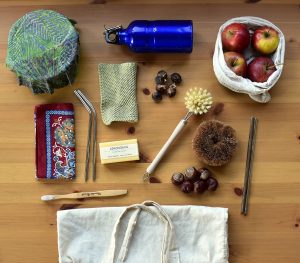 |
Your successful transition to zero wasteTransitioning to a zero-waste lifestyle is different for everyone. There’s no one formula. While expert advice is helpful, it still has to be adapted to your particular life circumstances. |
Online on May 3, 2021 |
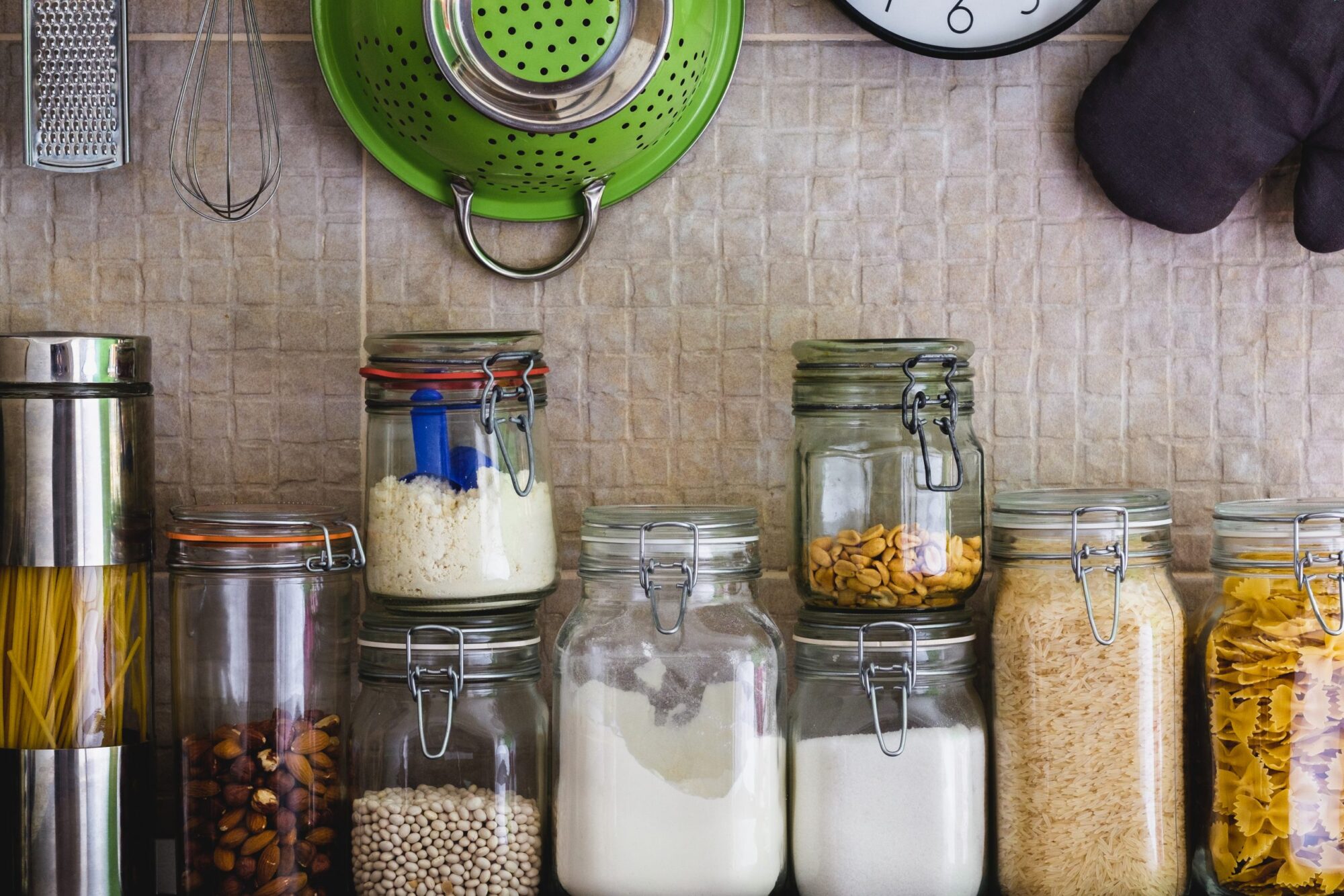 |
The third R: reuse/repairThe zero-waste movement is based on the 5Rs: refuse, reduce, reuse/repair, recycle and rot. These few words help to guide our actions with the goal of consuming less and better. |
Online on March 2, 2021 |
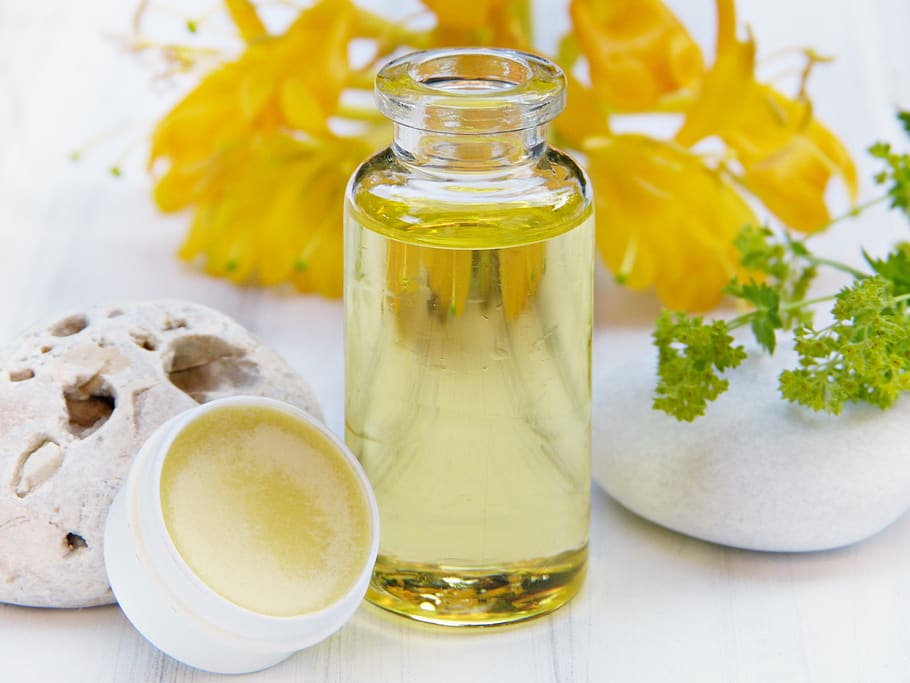 |
Zero waste in the bathroomTo make a smooth transition to a zero-waste lifestyle, one tip is to focus on one room of the house at a time. This way you don’t have to spread yourself too thin and you’ll stay motivated in the face of the effort involved. The bathroom is a good place to start, as it is often the smallest room in the house. In addition, the offer of bulk cosmetics and hygiene products is constantly growing. |
Online on January 15, 2021 |
2020
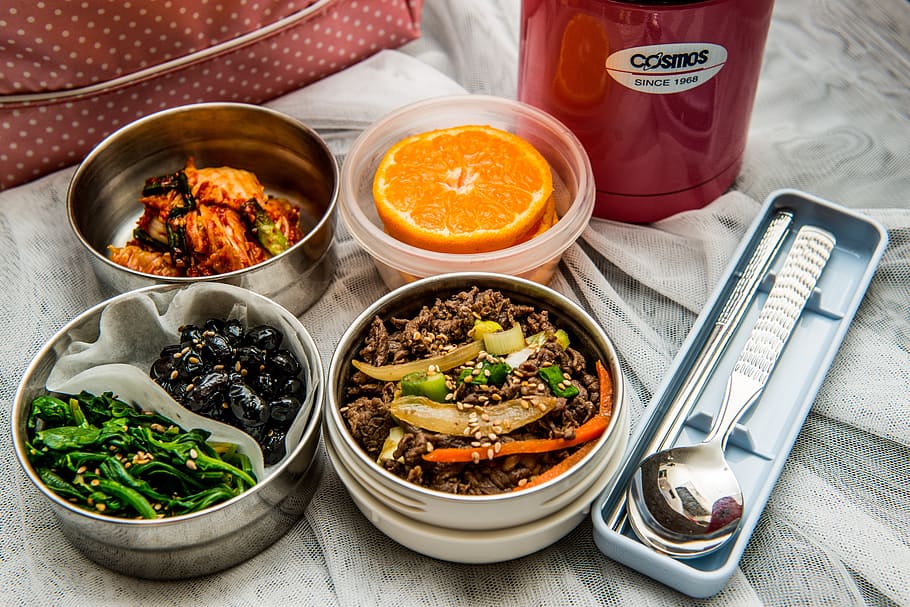 |
An easy first step towards reducing waste on a daily basis: the zero-waste lunch boxWhile washable items are easy to use at home, they’re often overlooked when it comes to lunches at work, at school or on the go. There are, however, a few simple habits that you can adopt. |
Online October 7, 2020 | |
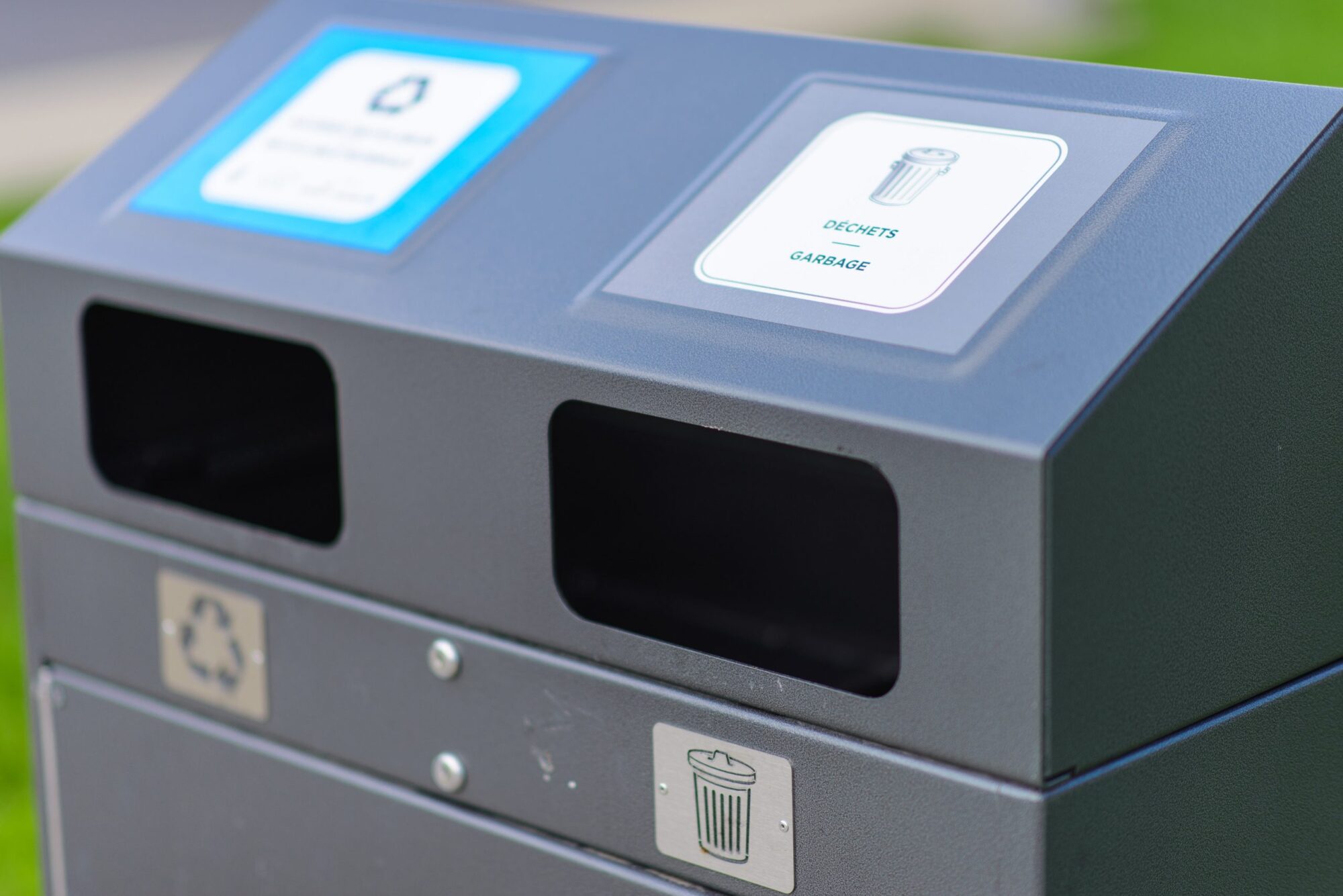 |
Reducing at the source for a zero-waste lifestyleBetter sorting for a better planet The Québec Government has given the province’s cities the objective of recovering 70% of their recyclables by 2020. By 2019, the City of Pointe-Claire had already achieved a 78% recovery rate. This performance was thanks to citizens’ ongoing efforts to sort their waste. |
Online October 2, 2020 | |
 |
Does the zero-waste movement have its place in the COVID-19 pandemic?In recent months, the COVID-19 pandemic has impacted every sphere of our lives. Working from home, school closures, fewer outings, less travel and human contact, tighter health and sanitation guidelines; we have all had to rethink our daily lives. |
Online September 29, 2020 | |
ESTABLISHING YOUR ZERO-WASTE GOALS
If you want to take concrete steps to limit your impact on the environment and strive for zero waste, here are some ways to establish your goals.
Complete this questionnaire to diagnose your situation and define your goals. It will help you determine the actions you are already taking, the habits you could change and the behaviours you should adopt.
You can also focus on materials that you often find in your household waste, your recyclables or your organic waste for which there are alternatives.
Whichever way you do it, keep in mind that reducing waste at the source is a gradual process. Take it one step at a time without putting pressure on yourself and you will quickly come to realize that it can be done!
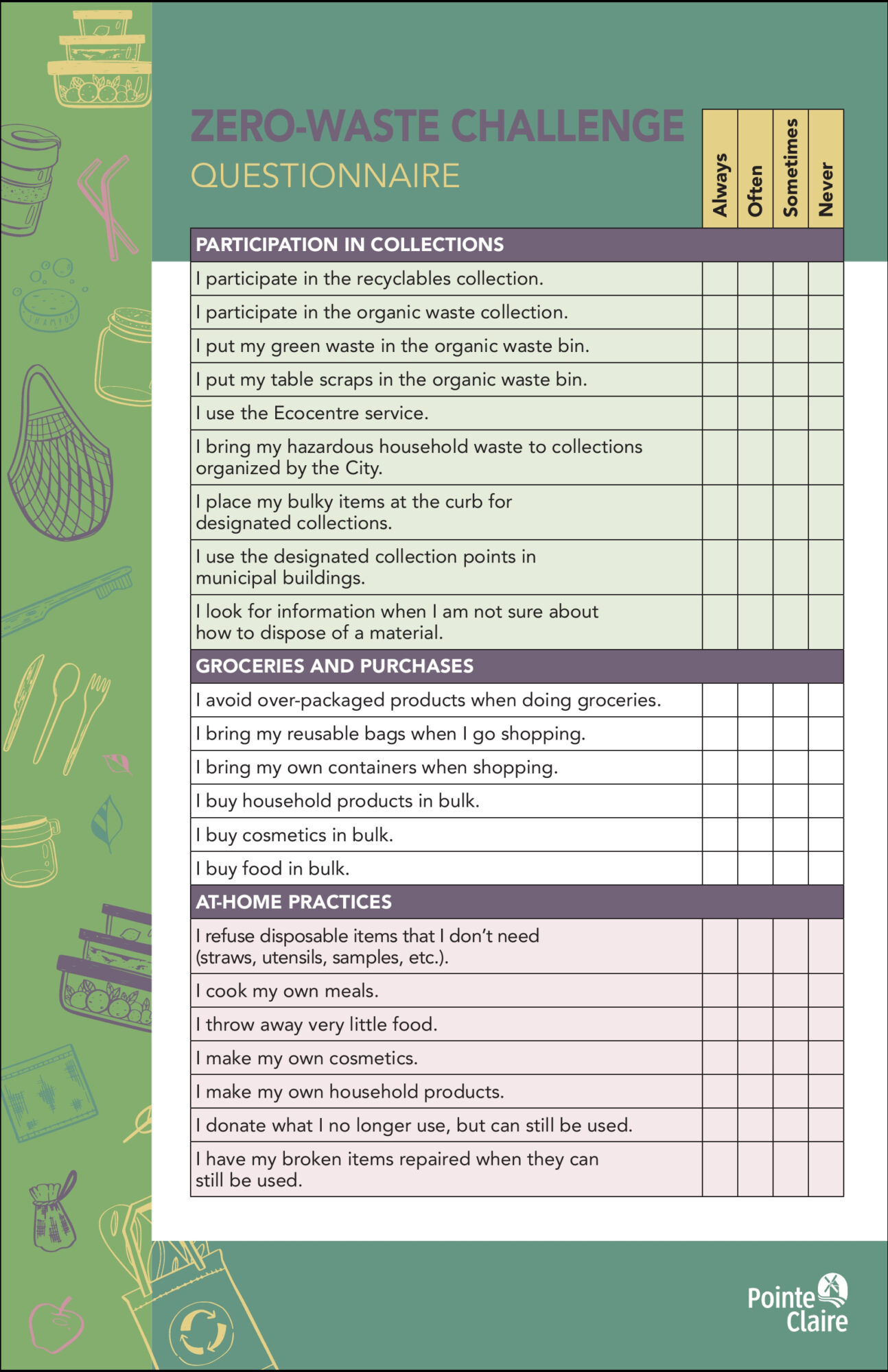
ZERO-WASTE LUNCH BOXES

While washable items are easy to use at home, they’re often overlooked when it comes to lunches at work, at school or on the go. There are, however, a few simple habits that you can adopt.
- The zero-waste set
Opt for a reusable water bottle. With a wide range of shapes and colours available on the market, it’s easy to find one that suits your tastes and needs. And if you forget your bottle, you can always drink water from a glass or coffee mug! This makes it easy to eliminate disposable plastic water bottles. These bottles are usually made of PETE (plastic no.1), and are not designed to be used over and over again.
To avoid using small juice boxes with plastic straws, you can buy large containers of beverages and fill up small reusable bottles or flasks that will fit neatly in your lunch box.
Opting for a set of washable and reusable utensils along with a cloth napkin to keep in your lunch box, desk drawer or bag will help you put an end to non-recyclable and non-compostable single-use plastic utensils and paper napkins. After all, these utensils take up the same amount of space in bags as plastic ones, but they don’t end up in the garbage after meals! What’s more, you already have these items at home, so you don’t have to buy new ones. Tip: always have an extra set in your desk or bag in case you forget them! Some workplaces also equip their kitchen or cafeteria with a few sets of stainless-steel utensils for common use.
Bring a mug from home for your coffee at the office. As with water, hot beverages can be served in a washable coffee or tea cup. When you’re on the go, or if you prefer coffee or tea from a coffee shop, insulated cups are a good option.
- Eliminate packaging from your lunch box
Disposable plastic sandwich or snack bags can be replaced with small containers or reusable bags made of waxed fabric or silicone. Leftovers from last night’s dinner can be put in food-grade boxes or insulated containers. They make an excellent lunch for children and adults alike.
Yogurt can be purchased in large containers and served in small reusable ones.
Pre-packaged desserts or snacks, such as soft bars or cookies, can be purchased in bulk or in large quantities, kept in a well-sealed container and placed in small individual ones that can be reused every day. This solution is often more economical. There are also several recipes available for those who want to make them at home and then serve them in reusable containers.
A zero-waste lunch box inevitably means more dishes to wash. Many reusable containers can go in the dishwasher. To ensure that these items last a long time, it’s important to rinse them promptly after use to prevent mould from forming.
No matter what you decide to do, keep in mind that reducing waste at the source is a gradual process. Take it one step at a time without putting pressure on yourself, and you’ll soon realize that it can be done!
Suggested books:
- Modern lunch : +100 recipes for assembling the new midday meal, Allison Day, Vancouver, British Columbia, Appetite by Random House, 2019
- Lunchbox salads : more than 100 fast, fresh, filling salads for every weekday, Naomi Twigden and Anna Pinder. New York, NY : Da Capo Press, 2018
- The best homemade kids’ lunches on the planet : make lunches your kids will love with over 200 deliciously nutritious lunchbox ideas, Laura Fuentes, Beverly, MA : Fair Winds Press, 2014
HOMEMADE HOUSEHOLD PRODUCTS
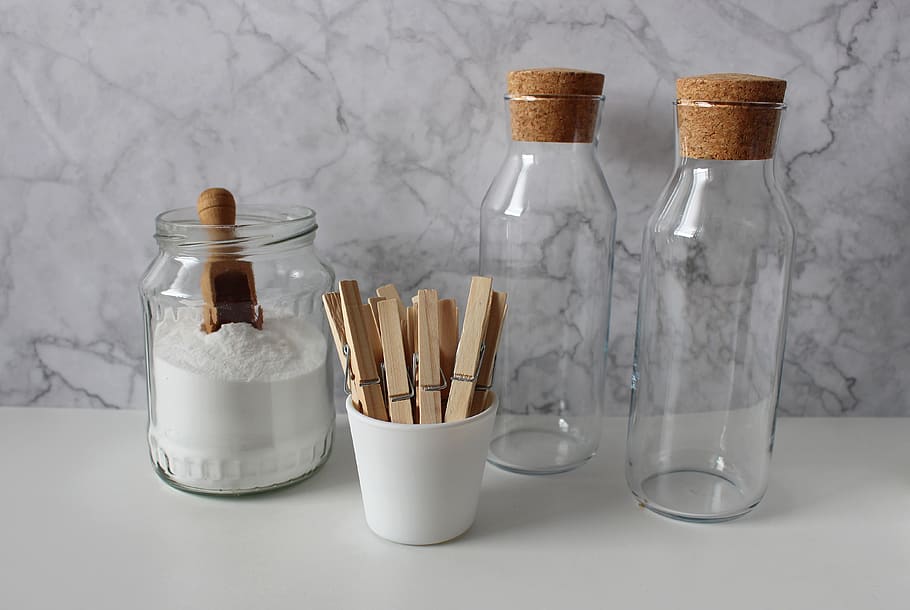
Written in collaboration with the Incita Cooperative
When aiming for a zero-waste lifestyle, we often focus on the kitchen, but there are several changes we can make in our household cleaning habits as well! Here are a few tips and recipes for zero-waste cleaning.
The tools
No need to buy reusable paper towels or special cleaning cloths! Your old socks are great for dusting (put a sock on one hand and hold a spray bottle in the other)! Old sheets or clothing also make great cleaning rags. It’s a perfect way to repurpose worn fabrics in your home!
Homemade household products
Homemade household products provide many advantages:
- They reduce costs. Many of the solutions suggested in this column are reusable or made from inexpensive basic ingredients.
- They reduce the time spent managing your products. Since reusable products do not need to be purchased over and over again, they save us time. Moreover, the recipes provided here are quick and easy to make.
- They are eco-friendly. Opting for reusable items rather than disposable ones and using ingredients that are good for the environment naturally lowers our environmental footprint.
- They reduce our exposure to toxic products that are harmful to our health. This often overlooked benefit is just as important and applies both to homemade and eco-friendly products sold in bulk. Many common household products contain ingredients that impact our air quality and, therefore, our health.
Laundry
There are several options available when it comes to replacing laundry products, each with their advantages and disadvantages. Try them out to see which is right for you. If nothing meets your needs, try bulk detergent.
- Soap nuts. Soap nuts are actually dried berries containing saponin. When placed in warm or hot water, this substance acts as a laundry detergent. Simply put a few fruits in a closed cloth bag (or a knotted old sock) and place it directly with your clothes in the washer. It is important to wash in warm or hot water and rinse in cold water. These can be reused for a few washes. Note that soap nuts are not effective in front-loading washers.
To wash with cold water, prepare a liquid detergent ahead of time by boiling a handful of soap nuts in a pot of water to extract all the saponin. The nuts can then be disposed of in the compost. The liquid obtained should be kept in the refrigerator. Just pour about half a cup of liquid (125 ml) for each batch.
- Wood ash detergent. This liquid detergent is obtained by soaking one part sifted ashes in three parts water for four days, stirring daily, and then filtering it to obtain a yellowish, ash-free liquid. Use one third of a cup (85 ml) of this liquid per load. This is both economical and very environmentally friendly, since the ashes can be reused in the garden afterwards, but it takes a little longer.
- Do-it-yourself laundry detergent. Explore the many recipes online and find the one that’s right for you!
- Savon de Marseille or any Québec equivalent works like a charm to get rid of stains and can be purchased either in bulk or with minimal packaging. Note that dish soap is also an excellent stain remover, thanks to its degreasing power.
- Replacing bleach with sodium percarbonate, soaking the clothes to be bleached in a bucket of hot water and half a cup (125 ml) of the product for 24 hours, then wash as usual.
Some natural products to have on hand
White vinegar
White vinegar, the superstar of cleaning, can be used as is to clean and disinfect practically all surfaces. If you don’t like the smell so much, prepare a citrus-infused vinegar to use as a multi-purpose cleaner. This mixture is not recommended for cleaning windows and mirrors, however, which are best cleaned with a little white vinegar mixed with hot water and a good cloth.
To prepare your scented vinegar:
- Cover citrus peels with white vinegar and leave to macerate in a cupboard for 2 to 3 weeks.
- Filter the vinegar and put the peels in compost.
- Use the scented vinegar in hot water to wash a surface or fill a spray bottle halfway and top up with water.
Note that although white vinegar is a disinfectant, it does not kill the COVID-19 virus. If you are looking for a disinfectant for this specific purpose, choose an alcohol-based disinfectant with a concentration of 60 to 70%.
Baking soda
Baking soda, the second essential ingredient for zero-waste cleaning, is not only the basis of an excellent scrubbing product, it is also deodorizing! You simply need to make it into a paste to use it.
To prepare your scouring paste:
- Add a little water to the baking soda and apply it to the surface to be cleaned (e.g. bathtub or oven).
- Let it sit (about 15 minutes for the tub and overnight for the oven).
- Spray the surface with the vinegar mixture (or simply white vinegar).
- Scrub and rinse.
This paste is also very useful for saving your mishandled pots and pans!
Should you add scent to your homemade household products?
Many people use essential oils in their homemade household products. Before adopting this practice, here are two aspects to consider:
- To move towards a zero-waste lifestyle, it is recommended to follow the 4 R methodology in order of importance: Refuse, Reduce, Reuse, Recycle (including composting). In this perspective, it is preferable to reuse citrus peels for your recipes rather than buy a new product such as an essential oil. This way, you reuse the peels and refuse to buy a new one.
- It is important to know that, even if they are natural, essential oils are not to be used lightly. Some of them are not recommended for children or pregnant women, and others should not come into contact with the skin. Before using them, it is therefore important to be well informed about the specific use of each of them.
Purchasing products in bulk
While making the products you need yourself is eco-friendly and economical, you can also find a balance between making your own recipes and buying products in bulk.
Whichever path you choose to achieve zero waste, be sure to find quick and simple solutions that you can realistically incorporate into your daily life. While some people like to make their own products, others will achieve the same result with local and environmentally responsible bulk products.
USEFUL RESOURCES
City resources
- Material search tool
- Kitchen cone
- Trivia game on waste management
- Environmental grant for reusable hygiene products
Other resources
The City of Pointe-Claire is not responsible for this content.
Lectures
- Button, Tara (2018). A Life Less Throwaway: The Lost Art of Buying for Life. Potter/Ten Speed/Harmony/Rodale.
- Creimer, Diego ; Hénault-Éthier, Louise ; Mayrand, Karel and Roy, Julie (2018). Demain, le Québec – des initiatives inspirantes pour un monde plus vert et plus juste. Éditions La Presse.
- Cochard, Marie (2016). Les Épluchures: tout ce que vous pouvez en faire: cuisine, jardin, beauté, soins. Éditions Eryrolles.
- De La Fontaine, Mélissa (2019). Tendre vers le zéro déchet. Éditions La Presse.
- Gladstar, Rosemary (1999). Herbs for Natural Beauty. Storey Publishing, LLC.
- Pierre-Louis, Kendra (2012). Green Washed: Why We Can’t Buy Our Way to a Green Planet. Ig Publishing.
- Korst, Amy (2012). The Zero-Waste Lifestyle: Live Well by Throwing Away Less. Potter/Ten Speed/Harmony/Rodale.
- Leonard, Annie (2010). The Story of Stuff. Free Press.
- Quilici, Kyle Louise (2018). New Minimalism: Decluttering and Design for Sustainable, Intentional Living. Sasquatch Books.
- Patrick, Katie (2016). Detrash Your Life in 90 Days: Your Complete Guide to the Art of Zero Waste Living. Hello World Labs.
- Pichon, Jérémi and Moret, Bénédicte (2016). Les zenfants presque zéro déchet. Ze mission. Édition Thierry Souccar.
- Lavallée, Bernard (2015). Sauver la planète une bouchée à la fois: trucs et conseils. Éditions La Presse.
- Johnson, Béa (2013). Zéro déchet: l’histoire incroyable d’une famille qui a réussi à limiter ses déchets à moins de 1 kg par an.
Les Éditions Transcontinental. - Waridel, Laure (2011). L’envers de l’assiette et quelques idées pour la remettre à l’endroit. Éditions Écosociété.
Websites
- Recyc-Québec: recyc-quebec.gouv.qc.ca/citoyens/mieux-consommer
Tips and tricks for better consumption and waste management. - Sauve ta bouffe: sauvetabouffe.org
Recipes and tips to avoid food waste and reduce at the source. - Ça va où ?: Recyc-Québec
Free mobile app available through the Apple Store and Google Play. - Ecological footprint: footprintcalculator.org/ and environnement.gouv.qc.ca/jeunesse/jeux/questionnaires/empreinte/Questionnaire.htm
- Guide des bonnes pratiques sanitaires en alimentation pour la gestion des contenants réutilisables
- Food Hygiene and Safety Guidelines
Zero-waste lifestyle blogs
- Bric à bacs (Amélie Côté): bricabacs.com
- David Suzuki Foundation: davidsuzuki.org/queen-of-green-category/zero-waste/
- Going Zero waste (Kathryn Kellog): goingzerowaste.com/
- Incita: incita.ca/blogue/
- Lauraki, maman zéro déchet (Laure Caillot): lauraki.ca
- Le nutrionniste urbain (Bernard Lavallée): nutritionnisteurbain.ca
- Les Trappeuses: lestrappeus.es
- Mélissa de La Fontaine: facebook.com/melissadlf
- Polly Barks, Sustainability educator: pollybarks.com/zero-waste-for-free/
- Tendance Radis (Cindy Trottier): tendanceradis.com
- Tiny Trash Can (Tippi Thole): tinytrashcan.com
- Zero Waste Home (Béa Johnson): zerowastehome.com

